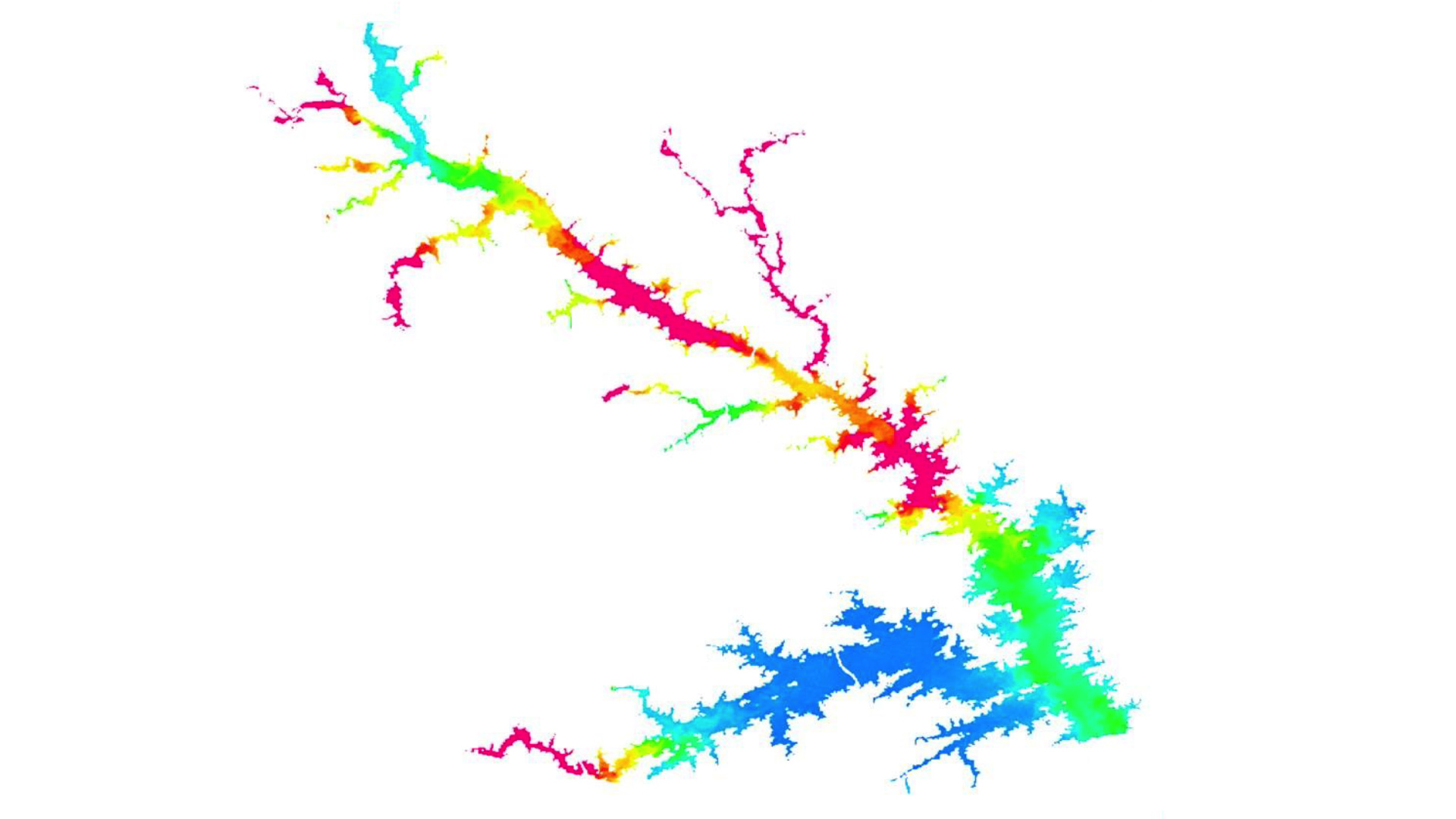Southeast United States Ecological Forecasting III

Utilizing NASA Earth Observations and Proximal Remote Sensing for Mapping the Spatio-Temporal Distribution of Hydrilla verticillata
Hydrilla verticillata is an invasive aquatic plant which has rapidly spread through many inland water-bodies across the Southeastern United States (SEUS) mainly through inadvertent transfer. Once in a water body, this invasive species generally out-competes native aquatic plants and becomes established as the most dominant vegetative species. Consumption of water for drinking, power generation, and recreational use of lakes has been threatened by the spread of Hydrilla. In recent years it was discovered that Hydrilla serves as a host for an epiphytic, toxic cyanobacteria (Aetokthonos hydrillicola) in some water bodies. Aetokthonos hydrillicola is now known to be the causative agent of the neurodegenerative disease avian vacuolar myelinopathy (AVM), which affects waterfowl, raptors, and amphibians. Using Landsat 8 Operational Land Imager (OLI) imagery, a rapid assessment tool was developed to accurately map the extent of Hydrilla on Lake Thurmond (GA/SC) and Long Branch reservoir in Henry County, Georgia. This tool will act as the foundation for later models intending to predict future locations in need of Hydrilla management.
- Location
- The University of Georgia
- Term
- Summer 2016
- Partner(s)
- US Army Corps of Engineers, J. Strom Thurmond Project
Henry County Water Authority, Cubihatchi Outdoor Education - NASA Earth Observations
- Landsat 8, OLI
- Team
- Shuvankar Ghosh (Project Co-Lead)
Austin Haney (Project Co-Lead)
Frank Braun
Zachary Conner
Christopher Cooper
Abhishek Kumar - Advisor(s)
- Dr. Deepak Mishra (Department of Geography, University of Georgia)
Dr. Susan Wilde (Warnell School of Forestry and Natural Resources, University of Georgia)
Project Video